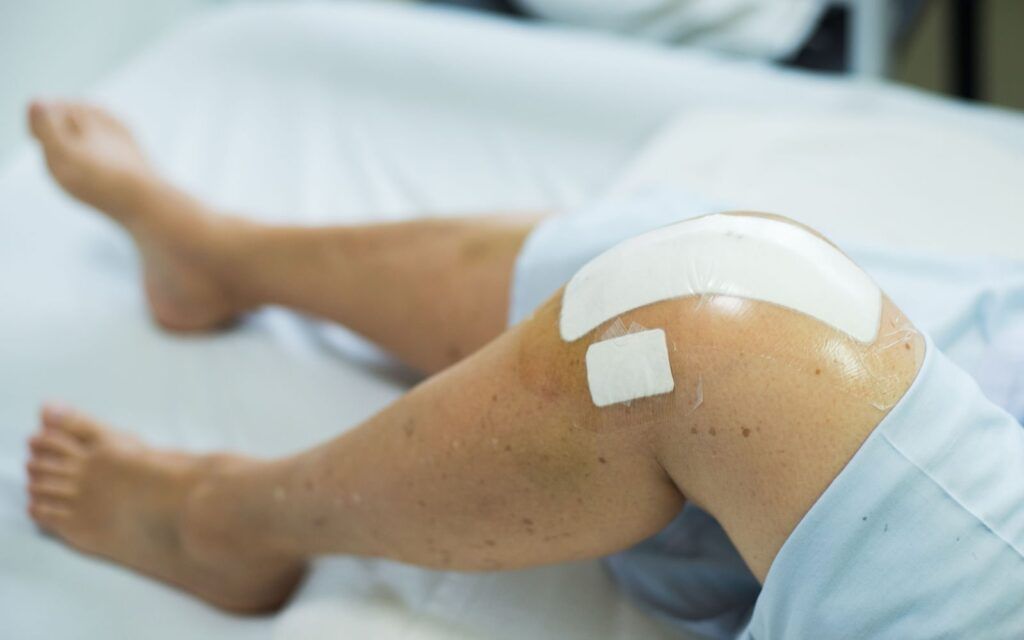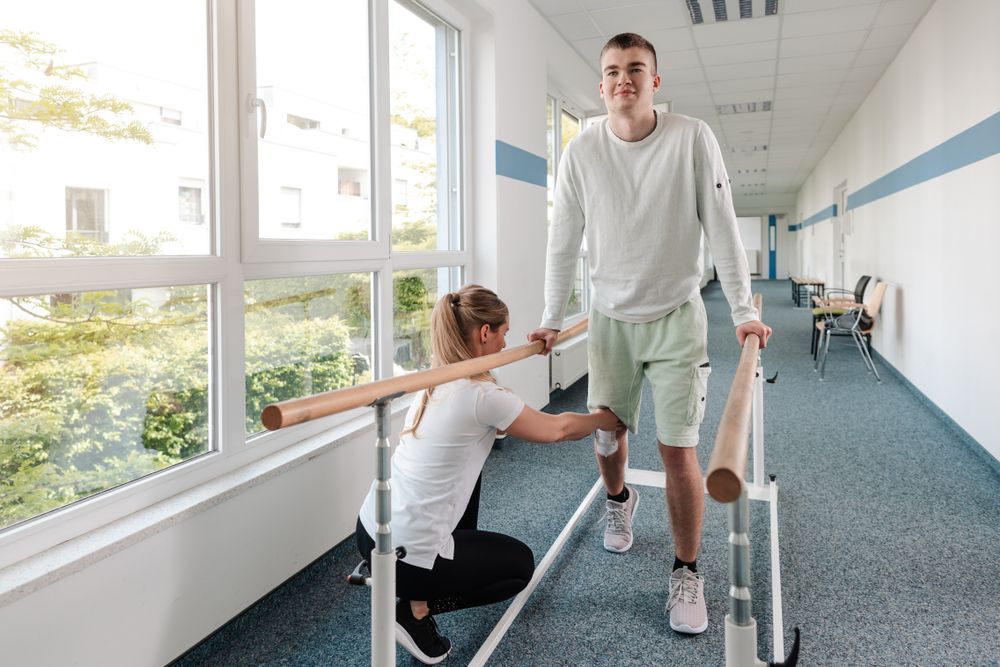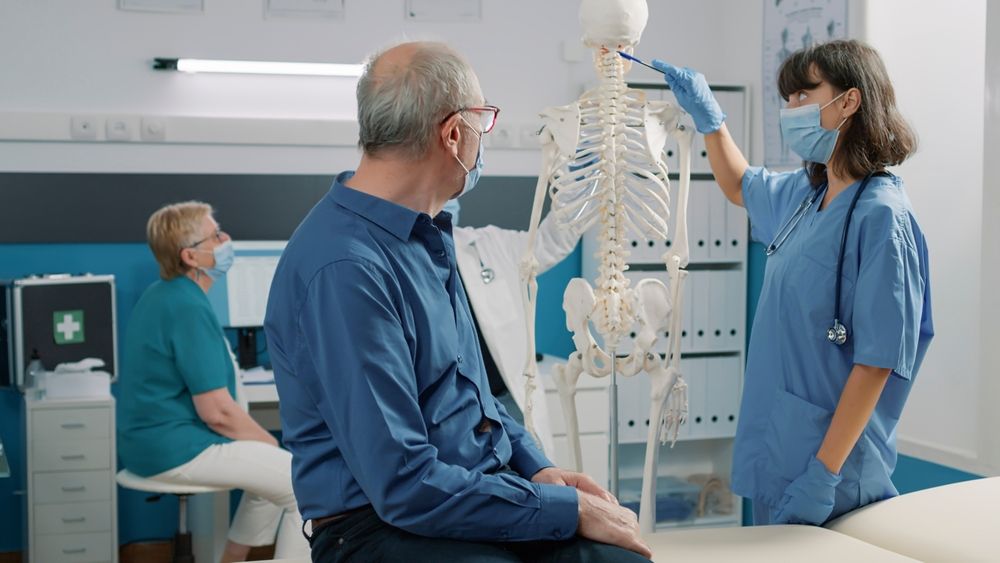Painful, stiff knees due to arthritis, injuries, or complex fractures can make moving hard. You have the decision to make if both knees are out of commission. Should you go through with getting both replaced at the same time? Or is it better to wait and do one at a time?
Most orthopedic surgeons will only recommend knee replacements when there aren’t any other options. Knee replacements remove damaged tissue, resurface joints, and add a spacer so your knee can move without pain. Knee replacements are invasive and require a longer recovery time.
Options for Knee Replacements
When deciding to replace both knees, there are two options. You can choose a simultaneous, bilateral replacement or a staged bilateral replacement. Simultaneous replacements are when you replace both knees in the same surgery, and staged replacements are done one at a time, a few months apart. When deciding which option is best, as yourself a few things:
- Am I young and healthy? If you’re under 65 and healthy, a simultaneous bilateral knee replacement is a viable option. Having both surgeries simultaneously means you won’t have multiple hospital stays, and you’ll have a more consistent recovery period. The hospital stay is ten days, as opposed to the 3-4 days for staged surgeries and the recovery period is longer.
- Do I have someone to assist me while I recover? With simultaneous replacements, you won’t be able to use both legs during recovery. After staying in the hospital for ten days, you’ll need someone to drive you home and stay with you for six weeks while you recover. If you don’t have a family member that can do this, a home health worker might be able to.
- Is my life flexible? Recovering from surgery, whether it’s a staged surgery or simultaneous, takes time. Recovery periods can be anywhere from three to six weeks. For 4-6 weeks, you won’t be able to drive after knee surgery. And after the surgery, you’ll need 6-12 weeks of physical therapy to rebuild your strength and mobility. While recovering, you’ll need to ensure that your home is accessible. You’ll need risers for your toilet and shower. You’ll also need bath bars and first-floor living quarters because you won’t be able to use stairs.
- How risk-averse am I? No matter what surgery you’re having, all surgeries come with risks. However, for knee surgeries, the risk of a severe complication is only about 2%. Simultaneous knee replacements are generally riskier than staged knee replacements, but only because you’re undergoing two surgeries at once. Any surgery to replace the knees has a risk of infection or blood clots.
Discussing Your Options With a Physician
Your physician can ensure you know of any risks with knee surgery. They will be able to walk you through the pros and cons of each surgery and help you make an informed decision. Your physician can consider all of your risk factors to ensure that you’re getting the best care possible. They’ll be able to ensure you’re aware of the recovery time, physical therapy needs, and other post-operative procedures you’ll need to follow.











